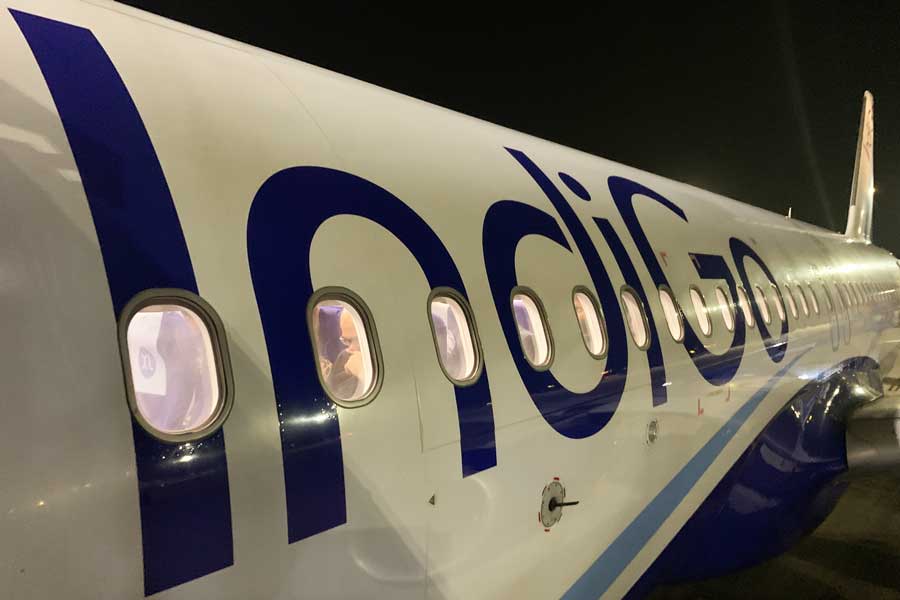
IndiGo Apologizes for Multiple Flight Cancellations and Announces Support Measures
The “1 Million Miles Campaign” announced by Scandinavian Airlines in October had a significant impact on Japan’s frequent flyer community.
Scandinavian Airlines, which left Star Alliance and joined SkyTeam as of September 1, 2024, offered this campaign to provide 1 million EuroBonus points to “everyone” who flies on more than 15 SkyTeam airlines.
Such alliance campaigns were frequent from the late 1990s to around 2000. Among them, the “Latin Pass” 1 million miles campaign held by Latin American airlines in 2000 became legendary, including participants renting cars without driving (laughs).
However, in the 21st century, such extravaganzas have become almost unheard of. Airlines have carefully calculated and concluded that such “festivals” do not pay off.
Therefore, the Scandinavian Airlines campaign was unexpected. The author participated with 25 flights over nine days and only seven hours of sleep in a bed, making it extremely tough.
How many people worldwide participated in this unprecedented campaign and earned 1 million points?
– 42,718 people registered for the campaign
– Over 940 people have already earned 1 million points
– Participants came from 33 nationalities, with an average age of 40, the youngest being 4, and the oldest 73
– 70% were men, 30% women
– The average number of continents visited was 4, countries 17, and airports 23
– Almost all used Scandinavian Airlines
– Everyone visited China
– 92% of all flights were in economy class
– The oldest member joined in May 1992
Which country’s people won the 1 million points?
It’s no surprise that the U.S., a mileage powerhouse, had the most winners, but Japan also performed well, ranking second. South Korea and China followed, with nearly half of the winners from East Asia, making it a campaign dominated by East Asians (initially 54 winners were reported from North Korea, but this was later corrected).
Indeed, SkyTeam member airlines are more prevalent in Asia and Europe, which may advantage those living in these regions (people living in Oceania might be at a disadvantage), but the campaign itself should have been fair globally. Additionally, it was believed that people from these regions have difficulty taking long vacations, so there shouldn’t have been any advantage.
The spread of campaign information likely had a significant influence. In Japan, Traicy published an article shortly after the campaign began, and information was also shared on X and YouTube, benefiting those who spread it.
While engaging primarily with English-speaking sources like FlyerTalk gives the impression of strong U.S. dominance, the reality isn’t necessarily so. This campaign was intriguing in unveiling the power map of the miles world.
The author predicted in early January on Toyo Keizai Online that more than 100 Japanese might participate, with thousands globally. This was assumed from the number of people taking the fifth freedom flight between Bangkok and Guangzhou on Kenya Airways, used by many campaign participants, and the number of people tweeting about it on X. Although slightly fewer than predicted, with many people, including the author, still waiting for their flight miles to be credited, the difference might not be significant.
When chatting with SAS staff in early February, the author was told, “Over 100,000 customers were affected by this matter.” Indeed, the registration number for miles credits increased by about 100,000 in a month and a half. With November flights only getting credited in February, it seems it will take some more time to grasp the full number of participants accurately.